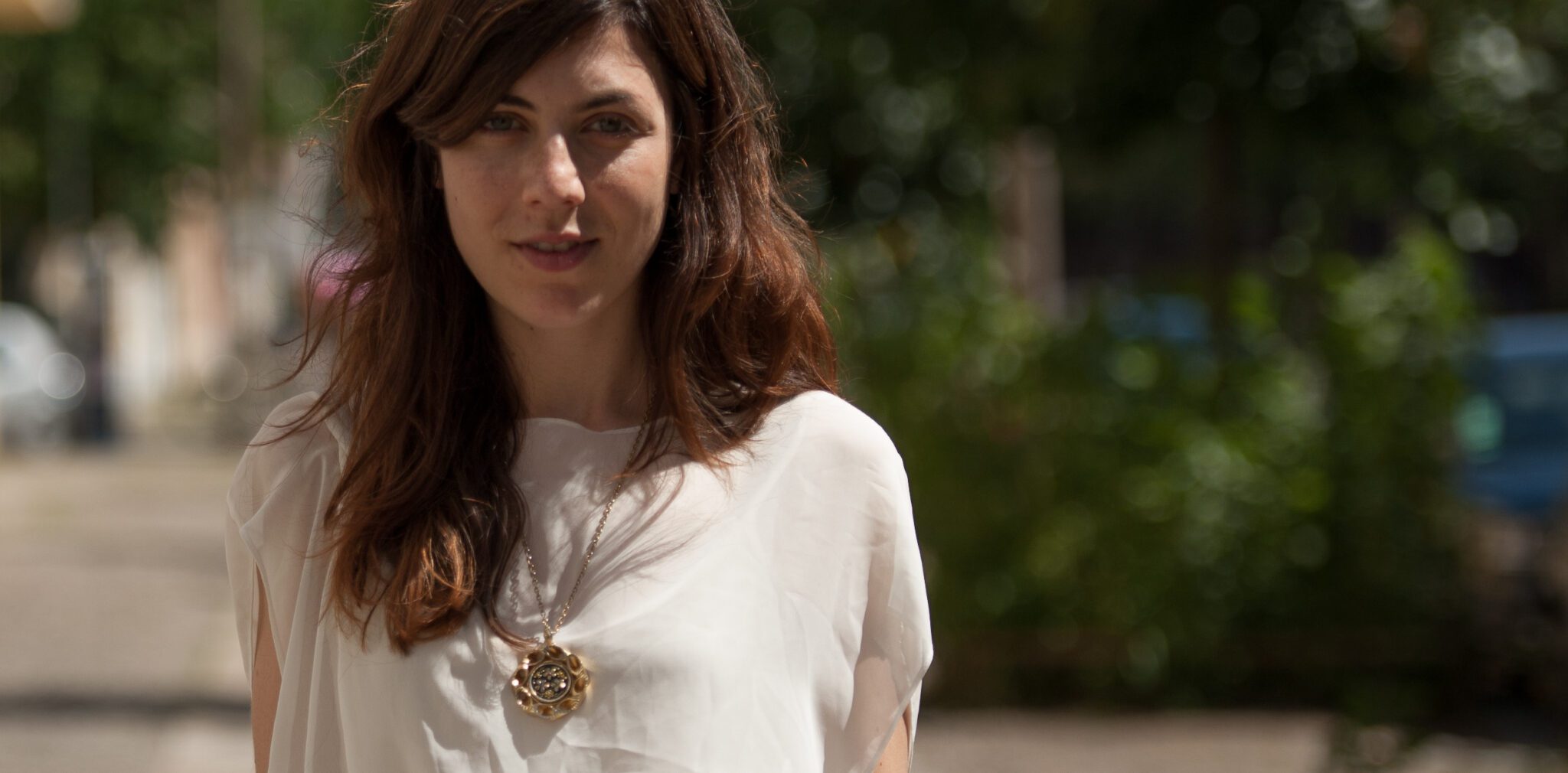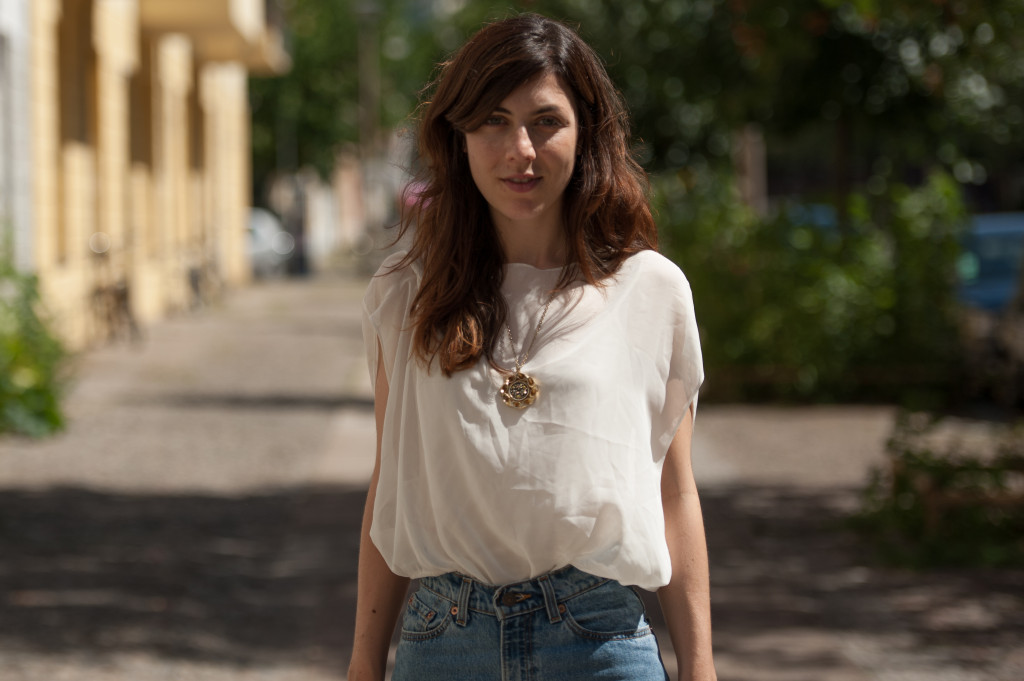

On June 26, Sofie Fatouretchi will release her debut album, Cult Survivor, on Stones Throw. For the Vienna-based musician, who performs under just her first name, it’s a bit of a reunion; early in her career, she had worked for the label. “When I was 19, I applied for an internship at Stones Throw Records, not really thinking that I would get it,” she says on a recent call. “I wrote a very long, convincing letter – please hire me – and they gave me an internship.”
Sofie, who grew up in California and spent her teenage years in Austria, had graduated high school early and went on to study performance violin and computer science. “I guess that there has always been that love for music there, but the reason I ended up getting a job there was because I had a technical background to fall back upon,” she says. She was the label’s digital manager for several years and worked on the A&R end for a couple artists, including her former roommate MNDSGN, who she collaborated with on “Abeja,” a track from a Stones Throw mix she curated. Sofie, who is also a DJ, went on to spend a handful of years working with Boiler Room when the streaming network was still in its infancy.
On Cult Survivor, Sofie weaves narrative songwriting through a collection of soft pop-rock with occasional, exceptionally subtle nods to early ’80s electronic funk. There are traces of Los Angeles on the album, notably in the songs “Hollywood Walk of Fame” and “Figueroa,” two tracks that stand out in particular for their vivid lyrics. However, Sofie made Cult Survivor in Vienna, writing the songs primarily on a ’70s keyboard in a university basement.
Sofie had relocated four years ago, after her mother, who lives in the Austrian countryside, was diagnosed with cancer. “I was going through a lot of personal stuff at the time that I didn’t deal with well and it really hit me very hard. It was so uncertain to know how her situation would progress,” she explains. “I ended up moving here because of that and I was at a crossroads of what to do.” She headed back to school, but freed from the daily work grind that had been part of her life since she was a teenager, she was able to dive deep into her creativity without distractions. “I was very much removed from what I have previously known and what I was previously doing,” she says. Her music took shape organically as she was adjusting to her new life.
“For me, music was always very intrinsic and I really loved it,” says Sofie, who playing violin at age four and is self-taught in piano. Being in Vienna allowed her to make music without the kind of “external influence” that existed in the cities where she was surrounded by her network of friends and colleagues. “I had the luxury of boredom that I think allowed that creation to be a possibility,” she says. “I don’t know if I would have written this record had I been anywhere else.”
Sofie kept in touch with Stones Throw founder Peanut Butter Wolf and sent him some demos. “At some point, after we were emailing each other back and forth, he said, you know you have enough here for a record, at least,” she says. They edited the collection down to the 12 songs that are on Cult Survivor. Sofie released her most recent video, a melancholy clip with a vintage feel, for the song “Guest” earlier this week; it follows previously-released videos for the songs, “Asleep,” “Truth of the Matter” and “99 Glimpses.”
When we spoke in late May, Sofie had been working on music and painting since March, when Vienna, like so many other cities, went into lockdown as a result of the COVID-19 pandemic. “I’ve been at home for the most that I’ve gotten to be home in a really long time, which has been really great,” she says. “I know a lot of fellow artists and musicians have been saying that this time to yourself has been so valuable and we don’t really have the opportunity to do that, so I feel very lucky that was able to happen in my life without big, further repercussions and that my family would be okay.”
Still, it took Sofie a long time – and an overseas move – to realize her potential as an artist. “I think it’s very hard when you work in the creative industry and you are creative,” Sofie says. “When I was younger, I thought that you had an infinite amount of creative energy or potential and ideas, but you really don’t.”
Follow Sofie on Instagram for ongoing updates.



